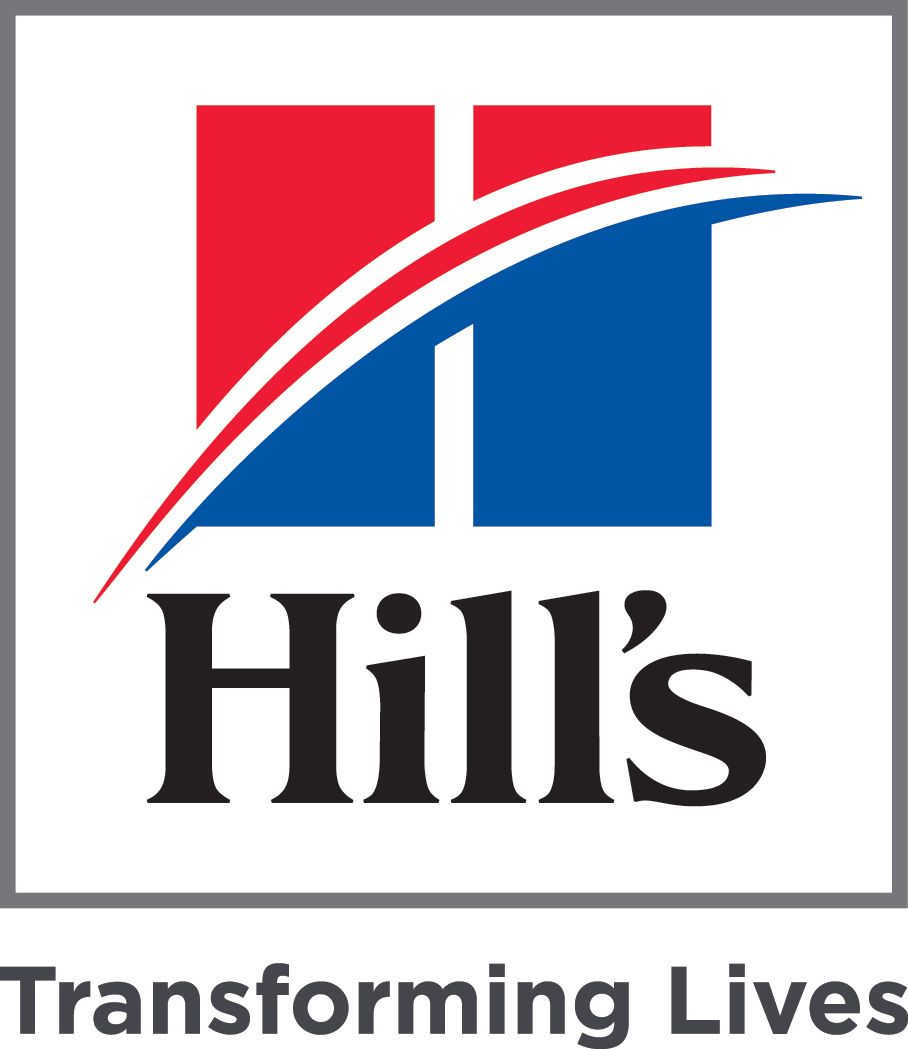LGBTQIA+ experiences, bottlenecks, and hopes for the future in veterinary medicine
This Pride Month, dvm360 looks to a broad range of LGBTQIA+ veterinary experts for their insights. Their keen perspectives make it clear that although the industry has a long way to go, practices can take well-defined steps to ensure an equitable workplace.
Maxim / stock.adobe.com


This content is sponsored by Hill's.
Allyship vs advocacy in the practice
Workplace culture is heavily impacted by internal biases, and this applies to all health care spaces, including veterinary medicine. Unfortunately, practitioners who belong to marginalized communities often face discrimination and feel unsafe at work. To provide further insight into this topic, Jennifer Evans joined Adam Christman, DVM, MBA, on a recent episode of VetXChange to discuss obstacles that members of the LGBTQIA+ veterinary community face.
Evans has worked in veterinary medicine for 23 years in a variety of positions. She served as president and for 6 years at a nonprofit rescue, One Love Pet Orphanage, and previously worked at Zoetis Inc as a diagnostic technical specialist. Evans is the colead for the colleague resource group Proud and Welcome, which focuses on promoting diversity, equity, and inclusion (DE&I) in the industry.
Growing commitment to DE&I
Although sensitivity training is becoming commonplace in health care, there are notable shortcomings in the industry. Evans mentioned a survey in which 10,000 individuals from the LGBTQIA+ community were interviewed; more than 20% have been victims of discrimination during the job hiring process, and more than 50% have faced jokes about their sexual orientation from coworkers.1 This kind of harassment has always been present in the workplace, but that doesn’t necessarily reflect popular opinion. Evans noted that despite these bottlenecks, 54% of employees claimed that they care more about DE&I than their own pay.2
However, although most individuals support commitment to equity in the practice, there is a stark difference between allyship and advocacy. Displaying flags and wearing pins helps normalize LGBTQIA+ identities, but practices should also prepare for unavoidable and difficult conversations. By following through on zero-tolerance harassment policies and offering corporate-wide trainings, practices can prevent their efforts from being reduced to performative allyship. “To just say you’re an ally is one thing, [but] to be an advocate is another. What we need more than ever now is [for] our allies to be our advocates and use their voice,” Evans said.
Different approaches: Intersectionality is key
The approach to equity in the workplace isn’t linear. Intersectionality is a term that’s been around for decades but proves increasingly important to educate staff on, especially staff within medical fields. A crucial step in achieving workplace equity not only involves understanding social categories individually but also recognizing how they interconnect and overlap.
“We’re a part of the LGBTQ+ community, but we don’t know everything about it,” Evans said. She recalls her first encounter with the term “White privilege” and her initial defensiveness. After sitting with this discomfort, Evans claims that the experience “has allowed [her] to better show up in these conversations.”
Although allyship is a necessary tool in improving veterinary medicine, this goal becomes much easier when allies advocate and speak up for marginalized communities.
Promoting a safe working environment
During Pride Month, the conversation often focuses on celebration, but the safety and security of community members shouldn’t be overlooked. Omar Farías, VMD, joined Christman on dvm360 Live!™ to talk about promoting a safe working environment for practitioners who belong to marginalized communities.
Farías received his VMD from the University of Pennsylvania, and for 11 years, he worked in small animal practices as an associate and later as a practice owner. He has also worked with local animal welfare organizations, and in 2011, he joined Hill’s Pet Nutrition as a professional consulting veterinarian. Farías currently serves as a senior manager of scientific and academic affairs, as well as president-elect for PrideVMC.
Resources at PrideVMC
PrideVMC is a community open to all, working to empower members of the veterinary community who face discrimination. This Pride Month, the organization is encouraging individuals to reference its resources and help shape the future for LGBTQIA+ veterinary experts. “For me, [Pride Month] is a moment of reflection. It’s also a moment of thinking of those [who] came before us,” Farías said. “Ultimately, there’s still a lot of work that needs to be done for our community.”
Gender Identity Bill of Rights
To advocate for safety in the workplace, PrideVMC has presented the Gender Identity Bill of Rights, which looks to “identify and eliminate discriminatory practices against transgender, nonbinary, and gender nonconforming individuals in the veterinary profession.”3 Safety is a huge part of Pride, and to create an environment in which everyone feels secure, practices should enact certain protocols that safeguard their vulnerable professionals.
Encouraging staff to be their authentic selves
A buzz phrase that resurfaces every Pride Month is “authentic self.” A vital part of practices building a safe space is encouraging staff and customers to act authentically. However, this can only be achieved when practices focus on the safety of their employees and make them feel seen, heard, and valued year-round—not just for 1 month out of the year.
Farías offered insights on actions that practices can take to become a safe space. Owners can provide benefits for LGBTQIA+ employees and support organizations that bring diversity to the profession. Even simple actions such as including pronouns in introductions can go a long way in making everyone feel welcome. No act is too small when it comes to creating a safe work environment, but enacting protocols that protect marginalized groups is the most efficient way to invest in an equitable future.
Experiences and advice: LGBTQIA+ members of the veterinary world
To commemorate Pride Month, Christman invited members of the LGBTQIA+ community to a dvm360 Peer Exchange to discuss personal experiences, Pride in the workplace, and advice for LGBTQIA+ professionals entering the veterinary world. Alongside Evans and Farías, this lineup includes Michael Lark, CVT; Erik Zager, DVM, DACVECC; and Bash Halow, LVT, CVPM. By including the full scope of positions within the veterinary community—from practice owners to veterinary technicians to industry leaders—it’s made clear that no corner of the industry is free from bias. As a result, Pride Month becomes integral in advocating for an equal-opportunity industry. “If there’s talent in any member of your practice that you can extract, we want to make sure the pipeline is open for that,” Halow said.
Joining new practices and onboarding
Members of the panel admitted that they had worried about how their identity would be received while deciding on a place of employment. Although not all acts of solidarity are visible upon entering a practice, Halow believes it’s easy to get a sense of the staff’s collaboration and comfort, which, consequently, helps gauge the organization’s culture.
Halow recalled the first practice he worked for, which was owned by a gay practitioner. Nothing about the practice was discernably different from other businesses, but how accepted he felt “changed everything in my life,” Halow said.
One of Lark’s initial introductions to his first position included seeing a receptionist receive rainbow cookies and Pride logos being on display. Additionally, practices can use continuing education and training to provide staff with the means to establish a healthy work environment. “Maybe there should be a course on LGBTQ+ education. I feel like that would help not only the employers but [also the] staff members,” Lark said.
Dealing with harassment
Based on the shared experiences of the panel, the best way for a practice to prevent bottlenecks for marginalized communities is to stick to a zero-tolerance policy for workplace harassment. Zager mentioned that, in addition to having supportive pathways in a practice’s management structure, “it’s also equally important to make sure you don’t keep around toxic members of the team.”
Even if a professional performs their job well, if they harass other members of the team, then they’re creating a toxic environment that negatively affects the culture and isolates vulnerable members of the practice. Zager insisted that these policies should also extend to clients. Practices can create internal structures that allow for firing clients, as priority No. 1 should be making each member of the veterinary community—staff and customers alike—feel supported. This includes preventing retaliation so that if an individual wishes to bring complaints or concerns to human resources, they are emboldened to do so.
The panel’s biggest takeaway was that LGBTQIA+ experts in veterinary medicine can act as living resources. Shared experiences not only validate others, but they can also be used to determine which areas of the industry require improvement, as well as how to tackle these pain points.
References
- LGBTQ+ workplace issues (quick take). Catalyst. May 31, 2022. Accessed May 18, 2023. www.catalyst.org/research/lgbtq-workplace-issues
- Korolevich S. Diversity, equity & inclusion at work: do Americans really care? GoodHire. July 26, 2022. Accessed May 18, 2023. www.goodhire.com/resources/articles/diversity-equity-inclusion-survey/
- Gender Identity Bill of Rights for the veterinary profession. PrideVMC. Accessed May 18, 2023. https://pridevmc.org/gibor/